Hey: All Ruffies Drum Differently!
Did you know that? Not until now….
This info won’t help us hunting, but it’s interesting – and makes sense. Here’s more, from newscientist.com:
Male ruffed grouse are the first animals known to make unique non-vocal sounds. Humans and many other animals, particularly birds, can be identified by their voices. But no one had looked to see if non-vocal sounds are similarly unique, says Andrew Iwaniuk of the University of Lethbridge in Alberta, Canada.
Iwaniuk studies male ruffed grouse (Bonasa umbellus), which drum by beating their wings on logs. [They do? We thought it was them beating the air!] Each bout lasts about 10 seconds and contains up to 50 pulses.
Iwaniuk and his team recorded 449 drumming displays from 23 males and found that the number of pulses in each bout and the rate at which they were produced were unique to each individual.
Females might rely on the drumming to recognize particular males during the mating season, says Iwaniuk. In theory there are benefits to being recognizable, agrees Elizabeth Tibbetts of the University of Michigan in Ann Arbor. Another example would be maintaining your place in the pecking order.
Both researchers say it is not yet clear whether the grouse do make use of their distinctive calls or if they are simply an evolutionary accident.
Wonder if John Bonham (pictured above), Neil Peart and Alex Van Halen sound the same to grouse….
The Abstract
For any science types out there, here’s the densely worded abstract:
Individual variation in vocalizations is a common feature of many forms of long-distance communication in vertebrates. The extent to which individual variation occurs in non-vocal, long-distance acoustic communication has not, however, been tested.
Here, we examine the spectral and temporal characteristics of a non-vocal acoustic signal, the wing-beating drumming display of the male Ruffed Grouse (Bonasa umbellus, L.), and test whether its structure varies more among individuals than within them.
Drumming displays were recorded over two field seasons, and we measured several temporal and spectral features of these recordings. Each drumming display consists of 39–50 pulses produced over a period of 9–10 s with most of the energy concentrated at frequencies below 100 Hz.
We calculated the potential for individual coding of several temporal and spectral features, and both the number of pulses and pulse rate were highly individually specific. This was corroborated by analyses of variance, bivariate plots of pulse number and rate, and discriminant function analyses.
Overall, we conclude that male Ruffed Grouse produce individually specific drumming displays in a similar fashion to vocal individuality in other birds. The extent to which these individual differences persist from one season to the next is unclear, but individual differences in the number of pulses and pulse rate could provide information on individual identity to conspecifics.
Yep, conspecifics….
Category: Ruffed Grouse

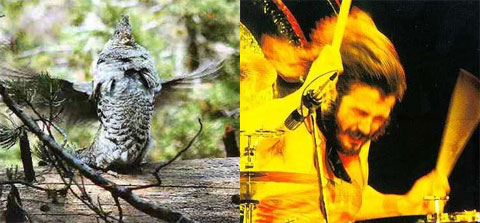




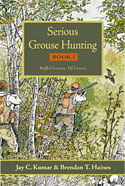


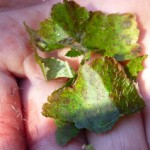

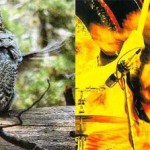

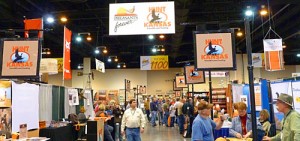
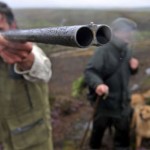

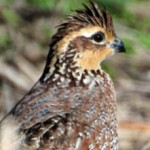
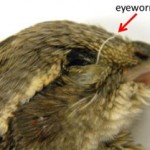
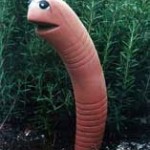
This study is a truly fascinating one. I didn’t realize that Ruffed Grouse produce a specific drumming sound as their vocalization. I guess it makes sense, considering that so many animals use their bodies as a form of identification, vocal or otherwise. I am often amazed by how nature is able to adapt to its environment, and this example is another one unique to bird species. Thanks for the information, I often find your posts interesting to read.
So what is it. Beating the log with there wings or creating a vaccum like we have been told. Its got me wondering.